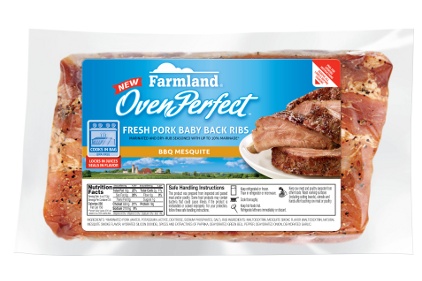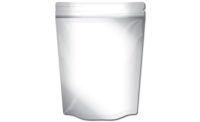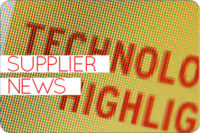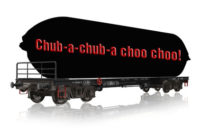Ovenable options chase consumer demand

 The whole idea of ovenable products seems to make so much sense. Everywhere there are busy, hard working people balancing careers and family life, wanting not to give in entirely to quick meal options, but actually to cook a roast or a chicken once in a while.
The whole idea of ovenable products seems to make so much sense. Everywhere there are busy, hard working people balancing careers and family life, wanting not to give in entirely to quick meal options, but actually to cook a roast or a chicken once in a while.
Personal cooking skills aside, being able to buy that chicken or roast, take it home, put it in the oven and cook it without ever removing it from its package sounds so … so easy. Yet, recently a long-time industry insider told me that he estimates the entire ovenable materials market in the U.S. is pretty small; probably not much more than $10 million. How this can be is a mystery since most folks like “no-brainer” cooking, especially if they can’t mess it up.
Apparently, it’s not really a demand issue as much as it’s a technical packaging hurdle. High-temperature cooking materials require high sealing temperatures. Consistently maintaining high enough sealing temperatures and meeting throughput targets creates some significant rework problems for processors. Anecdotal reports place rework at 10 percent or higher sometimes.
It’s understandable if processors aren’t enthused about products that may carry so much added cost before they’re even out the door.
Packaging manufacturers continue working to moderate sealing temperatures of ovenable materials. It has been everyone’s challenge and constraint. But, as will happen, a claimant to the solution has emerged.
An ovenable bag claiming to seal at temperatures 10 percent lower than current competitive offerings is available, according to a source. Of course, percentages are relative, but what is interesting is that this bag is said to have a seal window four times wider than others — put more plainly, plus or minus 12 to 15 degrees Fahrenheit, which would enable better sealing through contaminants and wrinkles and fewer reworks.
The price is said to be comparable to standard barrier bags. If accurate, the additional value to be captured by processors and retailers alike could be striking. Put a whole chicken, a roast or a tenderloin in an ovenable bag at the same cost as those products going into a non-ovenable barrier bag and the possibilities for added consumer value become intriguing.
Not to be outdone, some new action in thermoform materials is also taking place. Key here are two claims.
First, is a thermoform material ovenable to 400°F, making it 25 to 50 degrees higher than currently available options. Second, is the material’s deep draw capability. “Deep” being defined as, you can put a whole chicken or practically any other high-profile product into the package.
The number of new applications made available by such potential, if accurate, certainly dwarfs the more limited, low-profile opportunities in the market today.
Consumers are ready for as many simple and effortless ovenable products as the industry can deliver. It just means that many more quality meal options.
Looking for a reprint of this article?
From high-res PDFs to custom plaques, order your copy today!






